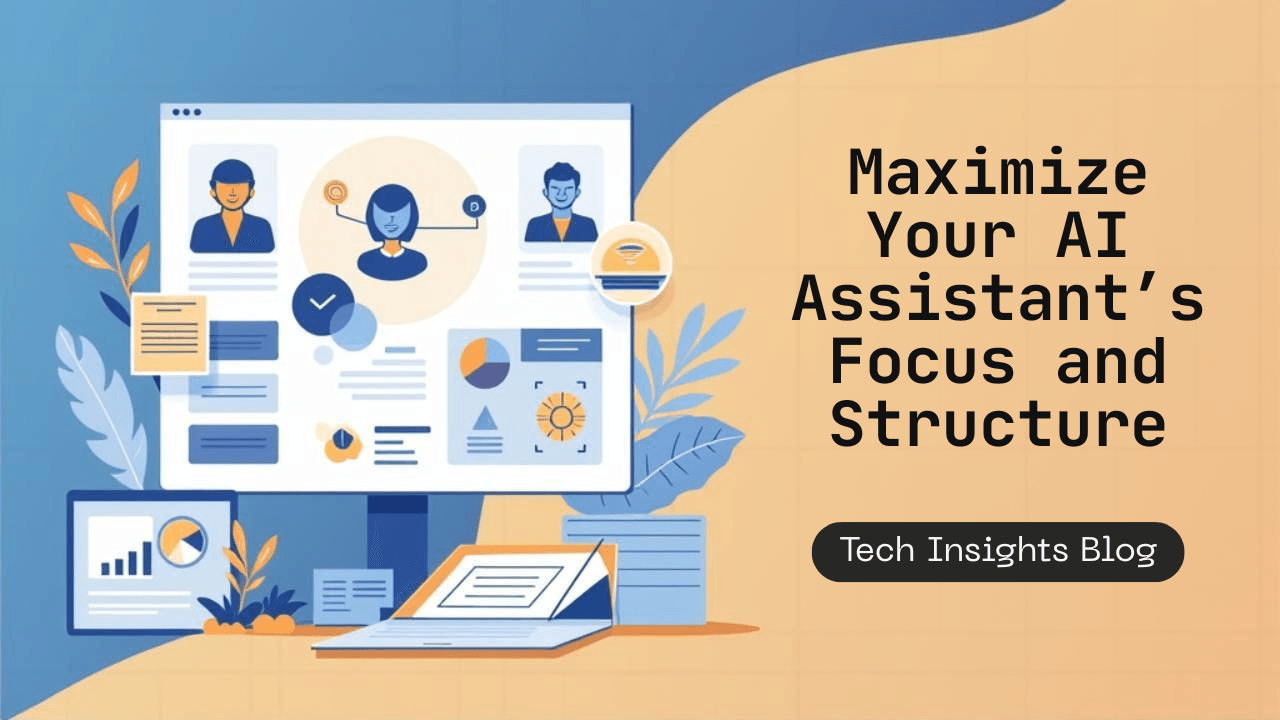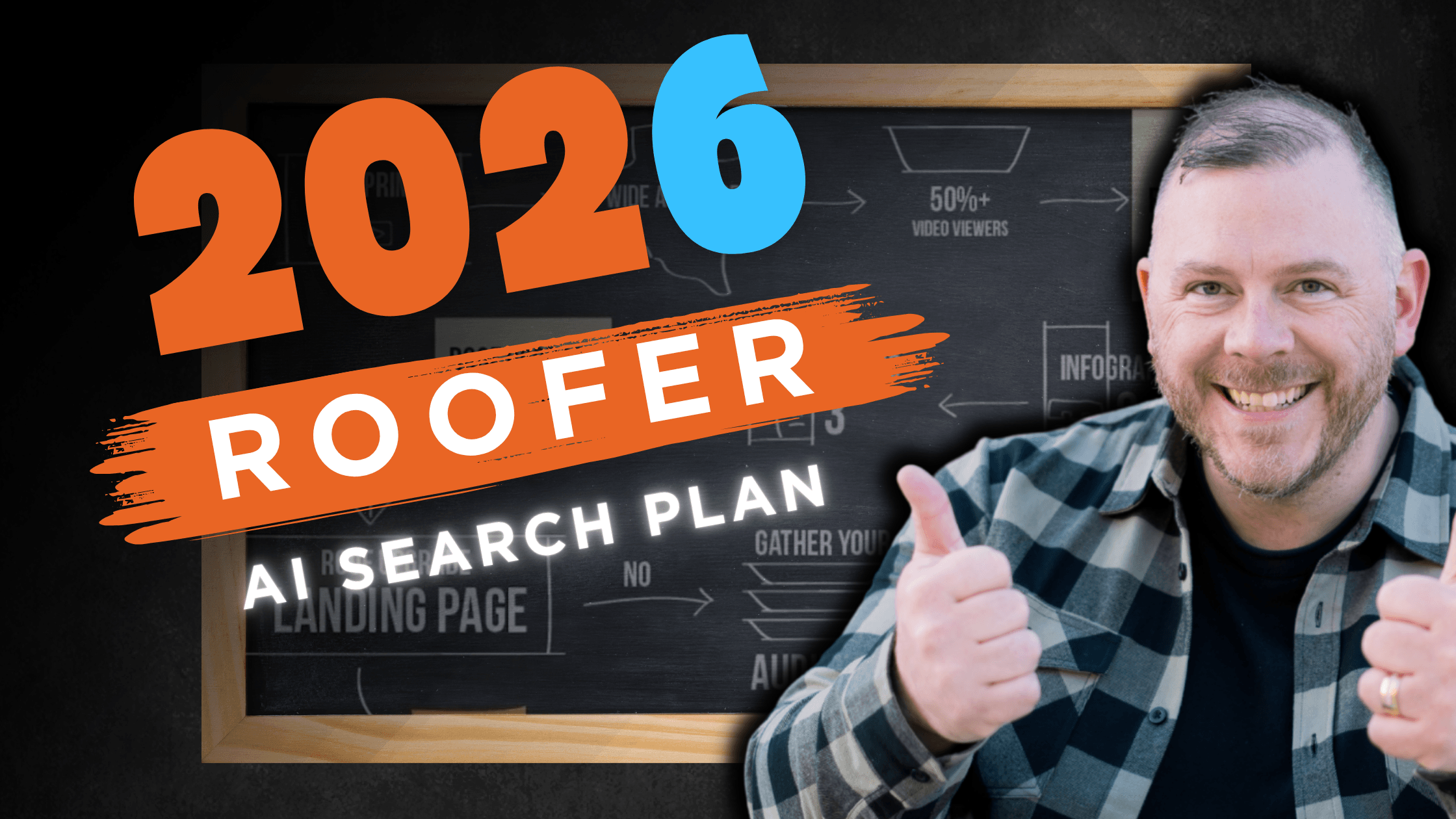How to Keep an AI Assistant Focused and Structured in Long-Term Projects
Artificial Intelligence (AI) assistants, like ChatGPT, can be tremendously helpful in managing complex projects—serving as brainstorming partners,...
Most roofers do not know how to "Buy" AI. Think of a home owner, every 3-5 hours there is a post on Reddit on the r/roofing subreddit where a home owner posts some garbage hacky work photo asking "is this going to leak?"
Of course, as you can imagine. The group is filled with proud roofers who provide a response ranging from RELATABLE HELP to RATIONAL to RIDICULE. (of the home owner and/or the roofer)
Well, that isn't the only sub-reddit where buyers go to Get feedback on a particular purchase. This also exists in every other home services business and also dog groomers, graphic design, website design, basically anything where someone does something for someone else.
As the image kind of suggests right now, simply adding two little letters to anything gets the board and the venture capitalists off the CEO's back in terms of having an AI strategy. It makes the price go up, it makes the stock go up, and it certainly makes the hype and excitement go up.

However, artificial intelligence is just that - it's synthetic, it's intelligence that's replicating human intelligence, and yes, it is way better and way smarter than a human. However, it still needs to be trained just like any human. If you give a human bad data and bad training, you get a bad outcome. If you give a human a bad system, you will get unpredictable outcomes. If you give a human a process with a lot of gaps, you will have hallucinations and unpredictable outcomes.
A mistake would be to write off poor implementation as a determination of the capability and quality of the promise inherent in artificial intelligence. No different than if someone went on Reddit, saw that there's a complaint about a roofer every 3-5 hours, and assumed that all roofers are hacky scam artists. The fact is, the news only shows up to document the planes that crash. They don't show up to document the news about planes landing safely. By and large, most roofing jobs go off without a hitch. Unfortunately, in the case of artificial intelligence, there isn't as much quality information about how to buy and implement and integrate artificial intelligence into your business.
However, due to the hype, there's an enormous amount of pundits who are touting it as something more than what it is, which is a synthetic replacement to human intelligence that you can employ on an outcome basis as opposed to a per hour or per year salary basis. It still is bound by the same laws of gravity that intelligence needs guidance, support, guardrails, and training.
AI is a force‑multiplier when applied to discrete, repeatable tasks that are constrained by data and process. In roofing, practical AI uses include automated photo analysis for damage detection, lead scoring and prioritization, automating estimates and quotes from templates or aerial imagery, chatbots for 24/7 qualification, and analytics that predict close rates or job bottlenecks. These uses free skilled people to do high‑value tasks like field diagnosis, sales and production while lowering time‑to‑proposal and administrative error.
AI is not magic — it’s a productivity lever. When implemented against a clear constraint (lead follow‑up, estimating speed, or quality assurance), AI produces measurable financial gains: faster quoting increases close rates, better lead scoring improves conversion percentages, and automated follow‑up recovers lost opportunities. Disciplined tech plus execution drives cash outcomes; AI is another tool in that system.
Buy to remove a specific constraint. Begin with a short discovery: define the single biggest bottleneck (estimates, follow‑ups, photo triage, or customer communication), set measurable KPIs (time saved per job, conversion lift, lead‑to‑quote time), and then evaluate tools by fit, data requirements, and total cost of ownership. Prefer solutions that integrate into your CRM and workflow so data flows and the AI learns from your business, not a disconnected sandbox. Clean data, pipeline automation and role‑based training are prerequisites for useful AI.
There’s no single “best” tool — there is a best stack for your problem. Common, proven components for roofers are: (a) a CRM with automation and reporting (HubSpot for processes and dashboards); (b) photo/documentation tools (CompanyCam) and aerial/estimation services (SumoQuote or Roofr) for fast quoting; (c) an LLM (ChatGPT or Claude) for writing proposals, emails and scripting chatbots; and (d) integrations (Arrivy, QuickBooks, SumoQuote) to remove manual work. Evaluate vendors by how well they integrate into your lead → quote → schedule → complete → review flow.
AI amplifies lead generation by improving targeting and conversion efficiency: it analyzes existing CRM records to find look‑alike customers, scores and surfaces high‑intent prospects, and writes data‑driven ad copy and email sequences that convert better. AI can also personalize follow‑ups at scale (SMS or email) and resurrect stale leads with targeted re‑engagement. The scalable outcome is not just more leads—it’s more qualified, higher‑value leads delivered to sales with a clear prioritization signal.
Yes — and the value is easy to quantify. AI combined with aerial imagery and templated pricing (or purpose‑built tools such as SumoQuote/Roofr) can produce accurate quotes in minutes rather than hours. Integrate those quotes into your CRM so a quote triggers workflows: follow‑up tasks, financing offers and scheduling. Faster quotes reduce time‑to‑proposal and free estimators for higher‑value onsite diagnosis.
Absolutely. AI chatbots provide 24/7 triage for common homeowner questions, while LLM‑assisted email and SMS templates keep messages timely, consistent and personalized. Use AI to create scripts for intake, automated appointment reminders, and post‑job review requests. Crucially, the bot should hand off to humans for complex or trust‑sensitive conversations; AI augments consistency, not empathy.
No. AI replaces repetitive tasks, not human judgment or trust. Roofing work requires on‑site inspection, physical skill and credibility; sales rely on relationship and local reputation. AI reduces time spent on data entry, drafting, and simple triage so skilled staff can focus on high‑value inspections, persuasive selling, and quality control.
Training starts with clean, structured data: consistent CRM properties, high‑quality photos, and outcome labels (won/lost deal, job type, repair vs replacement). Build workflows that feed the AI correct labels and feedback (e.g., "this photo = hail damage" or "this quote closed = won"). Then pilot small models—such as a damage classifier or lead‑scoring model—to validate accuracy and iterate before scaling.
Common mistakes: (1) Buying AI without defining the problem or KPI; (2) expecting off‑the‑shelf AI to work on dirty or unstructured data; (3) buying point solutions that don’t integrate into the workflow; and (4) failing to assign ownership and governance for data quality and model oversight.
Put numbers on time and conversion. Track indicators like time-to-quote, quote-to-close conversion rate, admin hours saved per week, appointment show-rate, and customer satisfaction/NPS. Translate time saved to dollar value and compare against subscription/implementation cost. Dashboards, goals and custom reports are the canonical way to measure the before→after outcomes and to attribute changes to AI workflows. A sensible ROI test is a 3–6 month pilot with defined targets and a baseline.
Start with the smallest high-value automation: connect your CRM and clean the data. Implement 1–2 workflows (e.g., automated lead assignment plus a follow-up email sequence or photo-tagging rules). Run a short pilot, measure time saved and conversion change, then expand. Stabilize CRM and integrations, add targeted automations, then deploy models (lead scoring, image classifiers) once you have reliable data and processes. This phased approach lowers risk and improves adoption.

Artificial Intelligence (AI) assistants, like ChatGPT, can be tremendously helpful in managing complex projects—serving as brainstorming partners,...

TL;DR: Search is shifting from SEO to AEO (AI Engine Optimization). Treat your website like an“AI résumé.” Do a ruthless audit of your digital...

Artificial Intelligence (AI) is no longer a distant concept reserved for Silicon Valley—it’s reshaping industries from healthcare to agriculture, and...